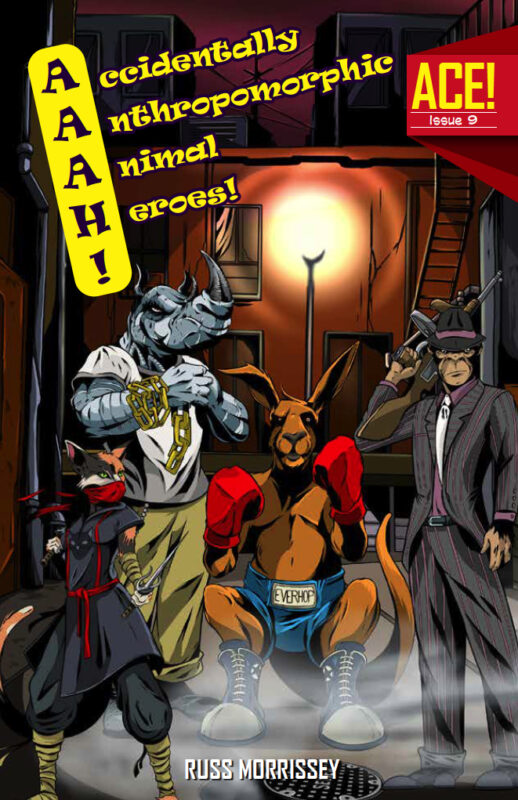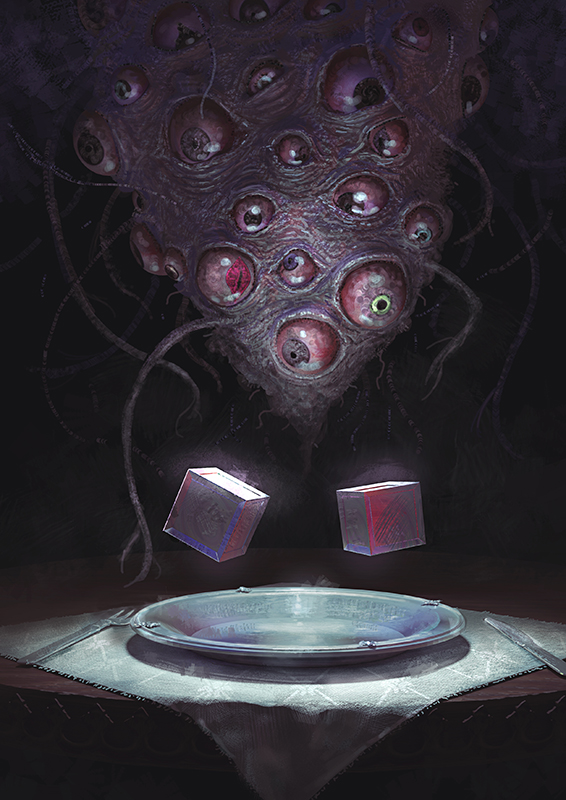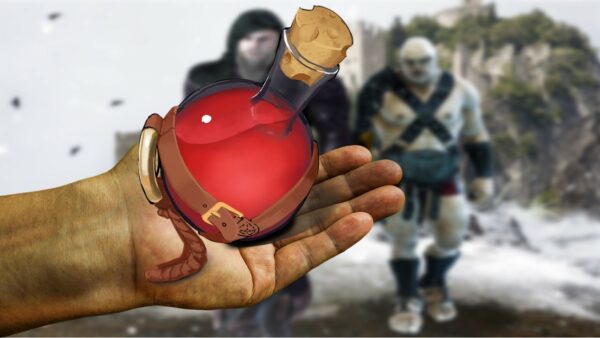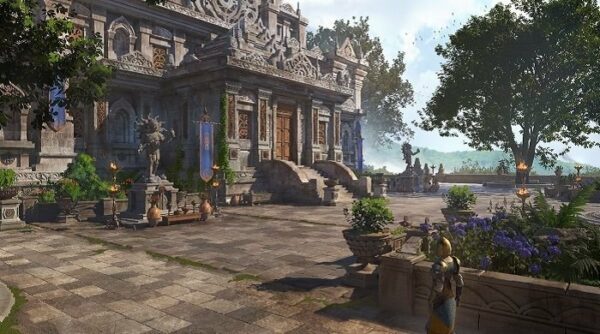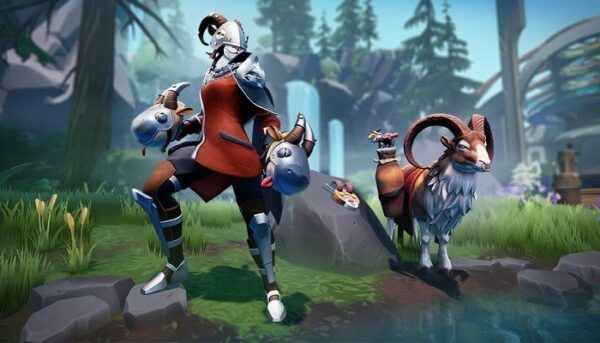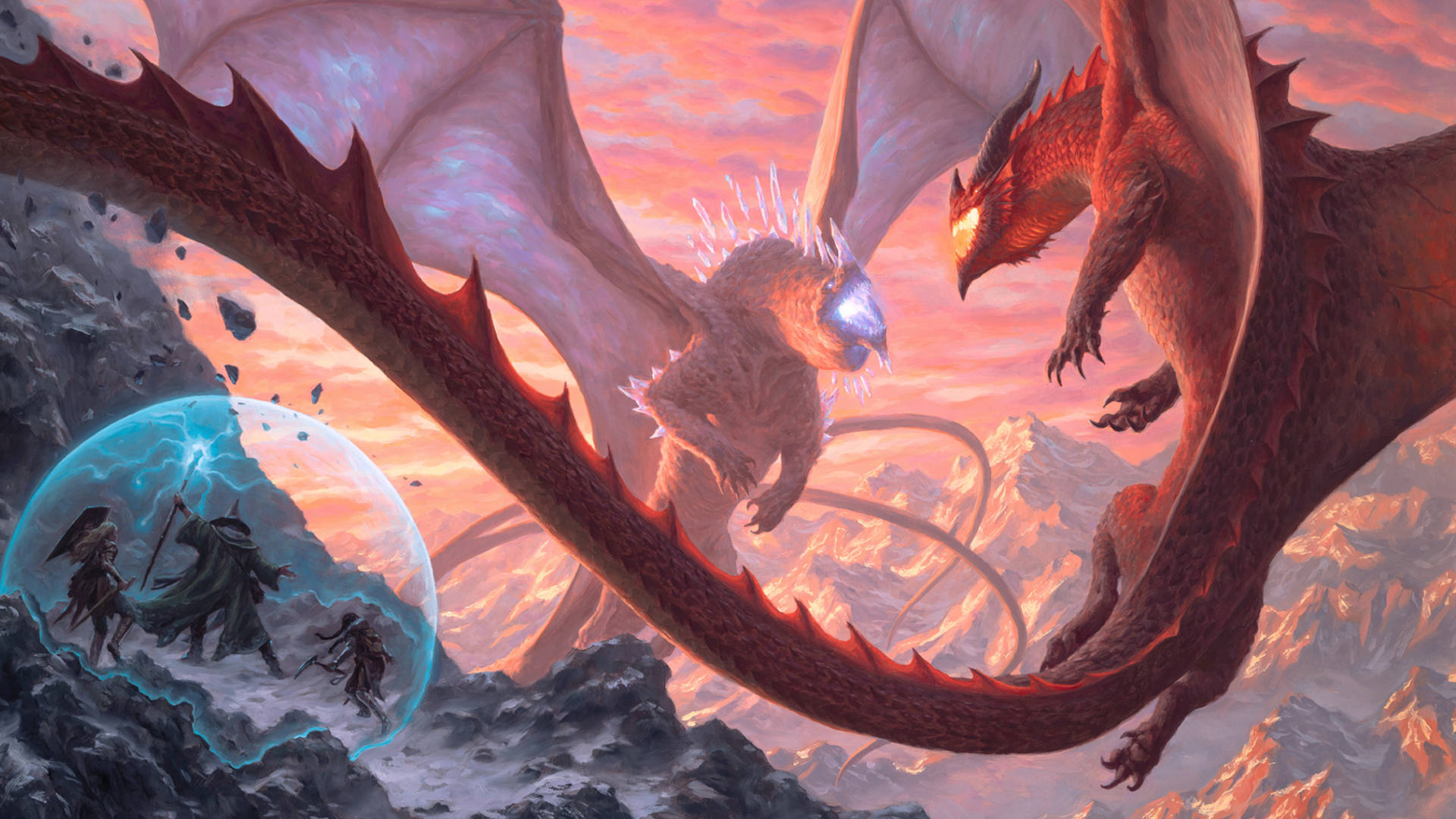
The delayed release of Fizban’s Treasury of Dragons made the roll out of reviews a bit different than usual. Some reviews came out on the original release timetable because those review copies shipped normally. Others came later due to the shipping issues plaguing so many industries right now, and reviewers who bought their own copies were even later

The Really Good
Geeks of Doom really liked the information on customizing and role-playing dragons. It also singles out the addition of the First World concept as tying dragons to the fabric of the D&D multiverse. GoD unequivocally loved FToD, using words like “great” and “a spectacular read” throughout the review as well the reviewer saying that they “absolutely adore” the book. Rating: A+.
The Good
Polygon loved FToD. calling it a mini Players Handbook for DMs. Polygon’s main complaint is that the options for players feel like an afterthought, though it loved the Drakewarden subclass for rangers. Polygon liked how it empowers DMs to make their own dragons, whether they’re villains, mentors or a more complicated NPC option, and the amount of inspiration that supports that. In fact, Polygon suggests that FToD could provide a solution to the common problem of what to do with characters at the end of a published campaign by using this book to create a dragon adversary for higher level characters. It loved Dyson Logos’ maps for the book, too. While acknowledging that FToD isn’t a book for everyone, the praise Polygon heaps on FToD makes it clearly an A rating.
IGN compares FToD to a thematically focused version of Tasha’s Cauldron of Everything with a focus on quality over quantity of player options. Like other reviews, it also praises the maps as being “beautiful” and setting the mood for its typeof dragon. While it likes the variety of dragons presented both mechanically and narratively, it also praises the information on dragon allies as a way to enrich a campaign. It namechecks Tasha’s again along with Xanathar’s Guide to Everything and FToD as combining to make the ranger class versatile and deep. IGN says that what “makes the book such a hit” is the way it helps a DM incorporate dragons into a campaign in a new way, avoid tropes, and expand creatively. Rating: A
Techraptor had a overall favorable view of FToD. It likes the changes to dragonborn, such as the improvements to breath weapons. It also found the hoard magic options interesting. Then it rightly notes that the bulk of the book is about how to roleplay dragons, calling it “incredible for really getting into the nitty-gritty of playing a dragon” and compare the options presented to character creation instead of just having a stat block and making all dragons of the same variety act alike. It also singles out the maps for being “absolutely gorgeous” and adaptable to any game. Techraptor felt FToD is a gateway to fantastic adventures. Rating: A
Bell of Lost Souls points out the “dragon” part of “Dungeons & Dragons” has been rather lackluster in 5E with often one-note motivations. FToD allows DMs and players to imagine the impact dragons would bring to a world. It likes that the book covers all aspects of dragons, not just stat blocks. BoLS doesn’t think the book is as clear or easy to use as it could be but otherwise feels that it opens the imagination to how dragons can be used and role played in a campaign. Rating: A
Comic Book Resources (CBR) likes the fact that FToD doesn’t just update older dragon books for 5E. It praises FToD for bringing “these majestic creatures to life” and how to better work them into the world of D&D. CBR singled out the abundance of campaign ideas and the depth of information provided to distinguish between the various types of dragons. It was disappointed by the quantity of player options but liked the quality of what was there. Despite those minor quibbles CBR dubbed FToD “the kind of D&D supplement every DM should have…” Rating: A
The Rest
Strange Assembly does a breakdown of FToD, paying particular attention to the new dragonborn options. As pretty much every review has mentioned, SA points out that the book is far more geared to DMs than players and makes the further distinction that it’s especially useful for DMs with homebrew campaigns. It thought the dragon magic options were a bit weak, but liked the bestiary and all of the supplemental material for hoards, liars, etc. However, SA considered the advice on running a dragon and its motivations to be so broad that it was weak. Rating: B
Overall Rating: A
Dragons tend to universally be considered cool, and they’re a foundational part of Dungeons & Dragons so favorable reviews of FToD really aren’t surprising. All of the reviews agree that players get the least options in the book, and that the information on adding dragons to a campaign, make them unique, and how to role-play them are the best parts. Averaging the reviews along with my own Fizban’s Treasury of Dragons review nets an A rating. Isn’t there a saying that dragons, like the house, always wins?



